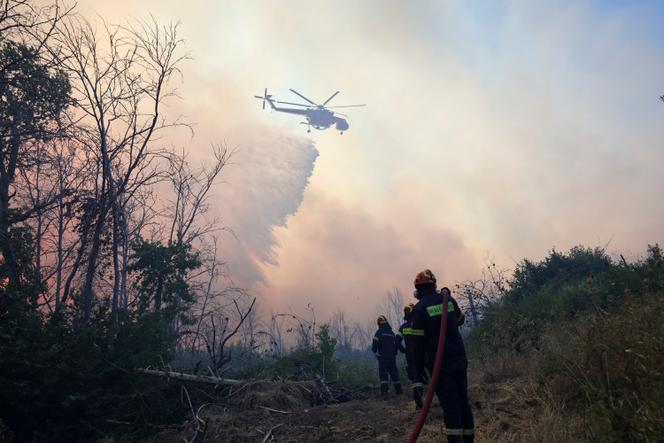


On July 27, 4,200 hectares went up in smoke on the islands of Kythira and Euboea, as well as within the region of Athens. At the end of June, a wildfire ravaged more than 4,500 hectares on the island of Chios in the northern Aegean Sea, threatening fields of mastic pistachio trees − the source of mastiha, a unique resin used in food, pharmaceuticals and cosmetics. According to the World Wildlife Fund (WWF), the most serious ecological disaster of the season occurred in Feneos, on the mountains near Corinthia in the Peloponnese, between July 22 and 24. More than 1,100 hectares of Cephalonia firs − a species that cannot regenerate naturally after a fire − were destroyed in a zone protected by the European network, Natura 2000.
Despite this grim record, Greece has faced the threat of wildfires in summer 2025 with forces larger than ever. After nearly 1,600 new hires in one year, the country now counts 18,000 firefighters, including 2,500 seasonal workers and more than 1,500 forest rangers. 164 new trucks have also been delivered to firefighters, and the country has 85 aircraft.
You have 77.51% of this article left to read. The rest is for subscribers only.
